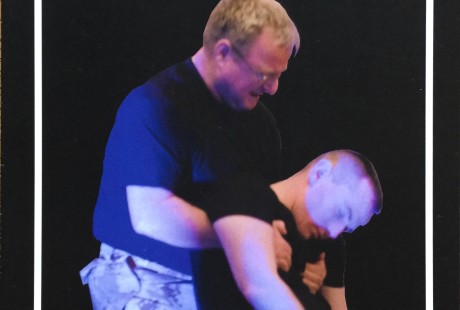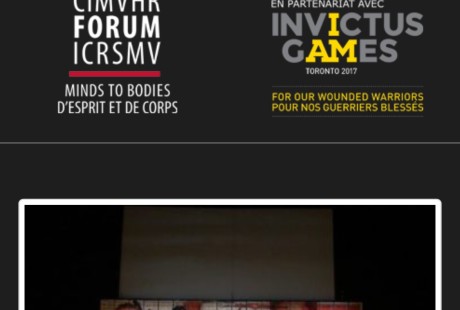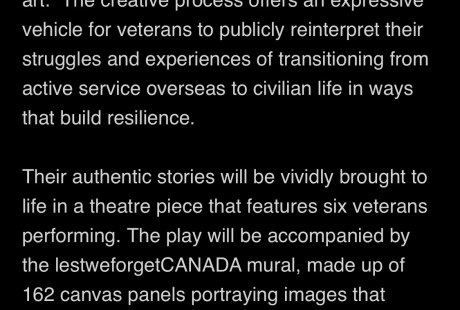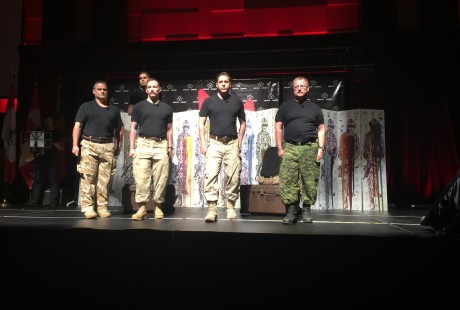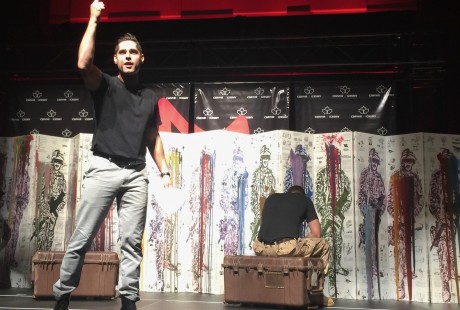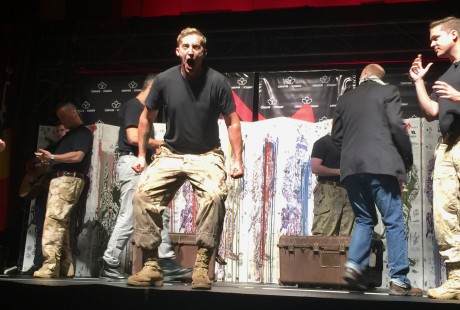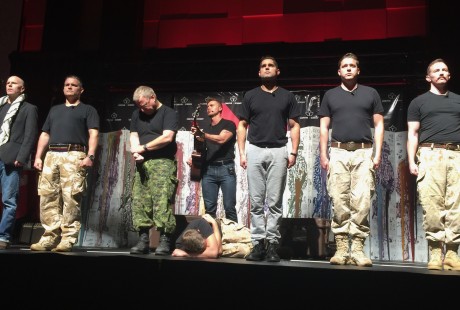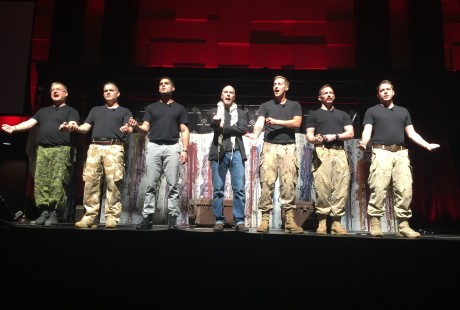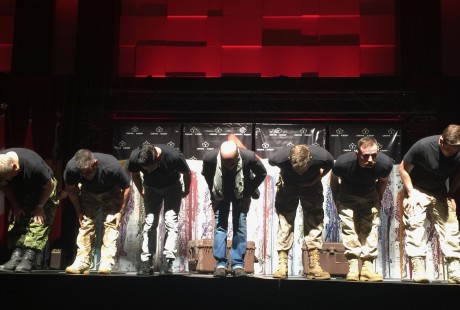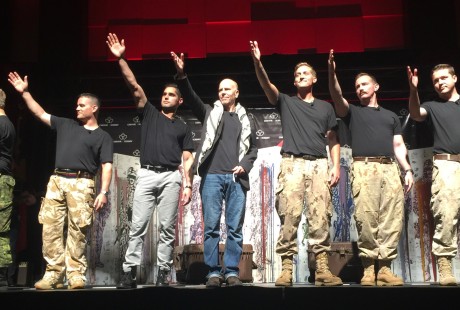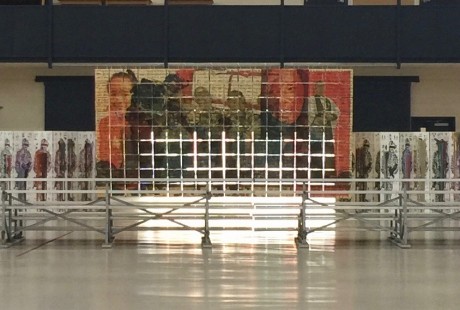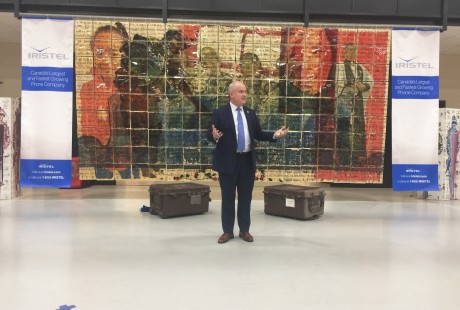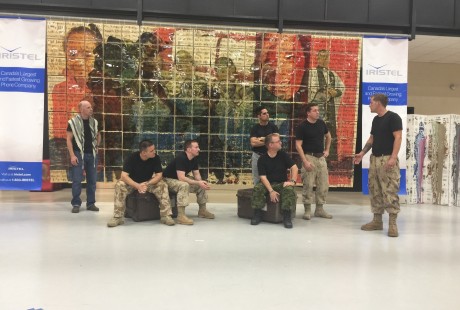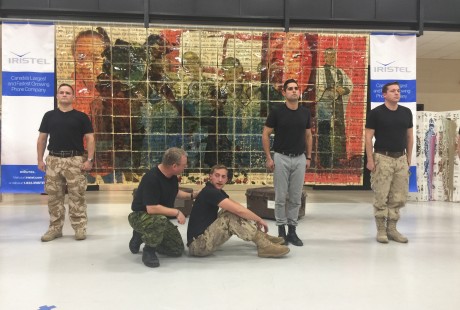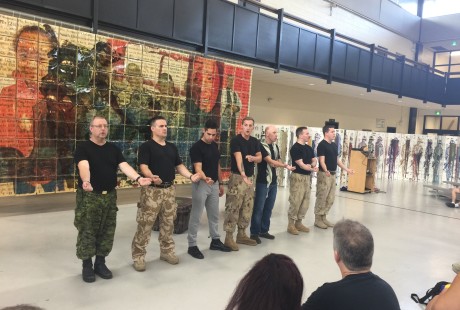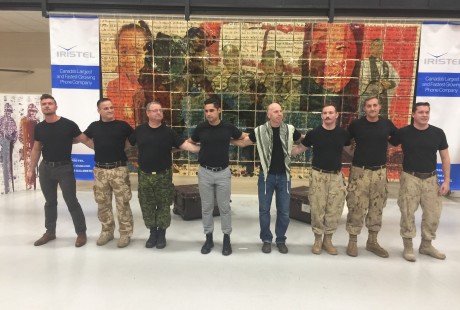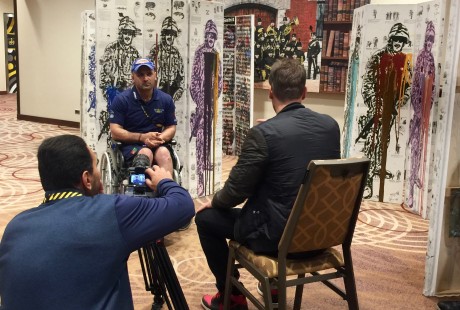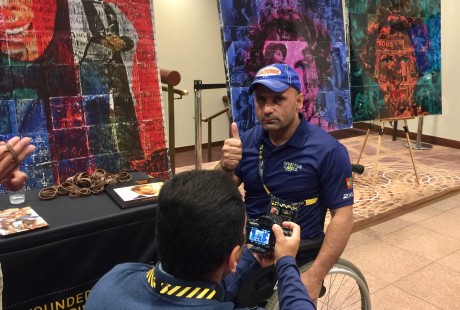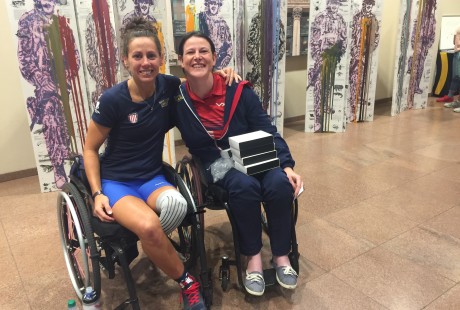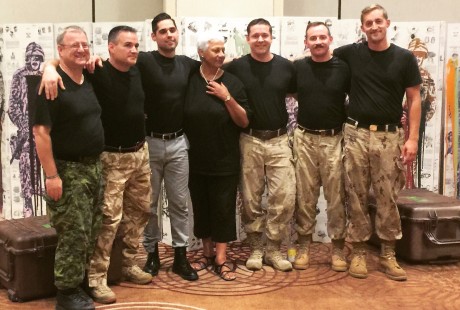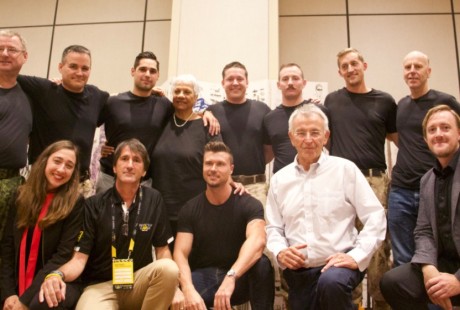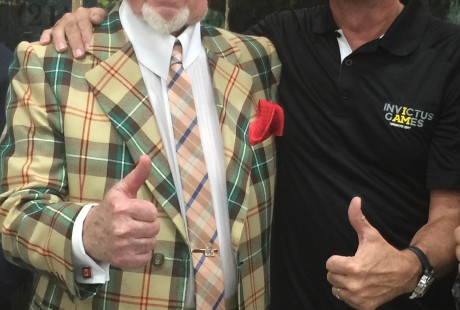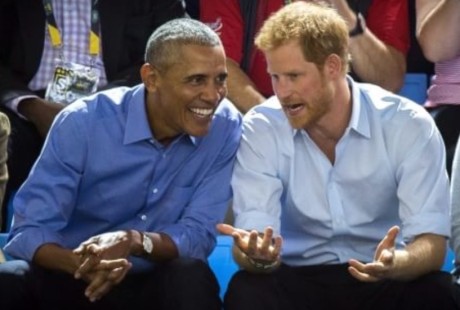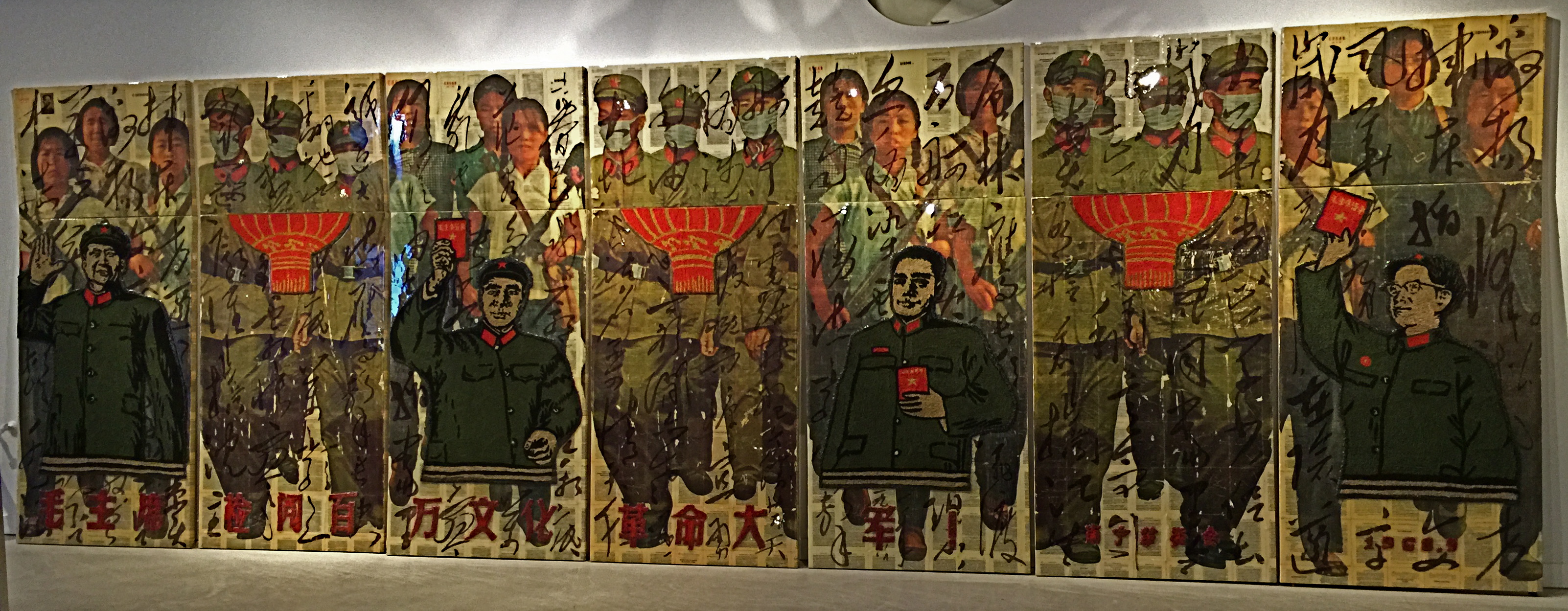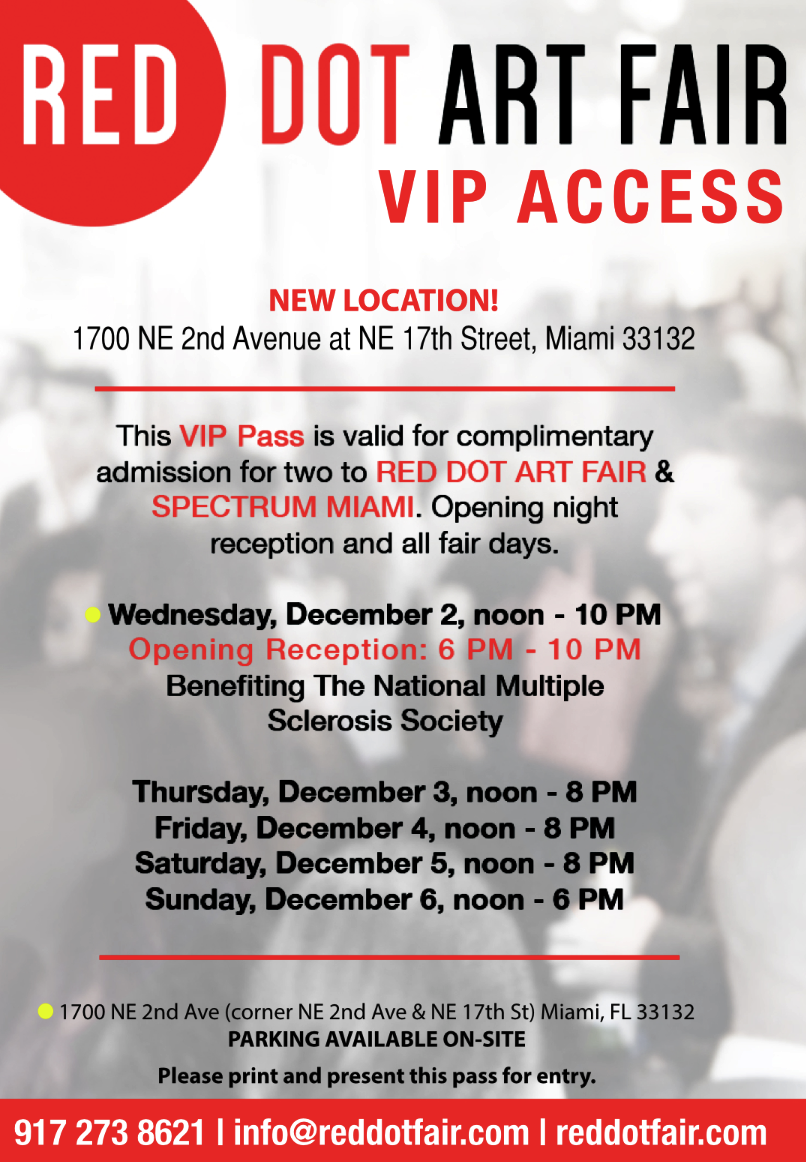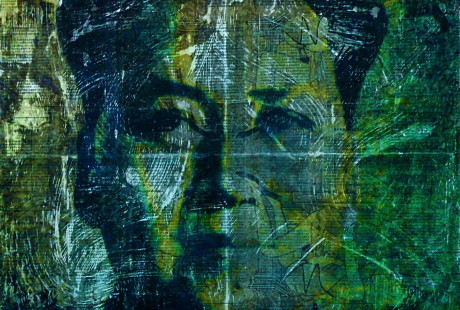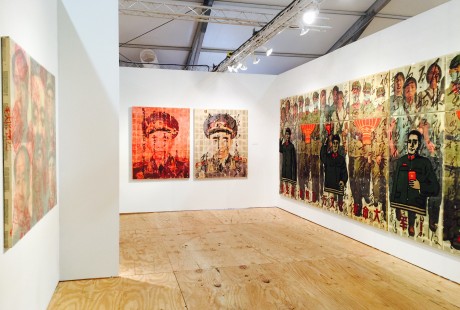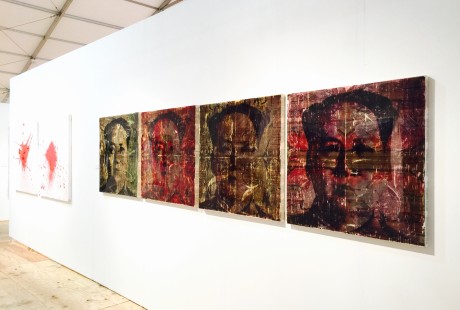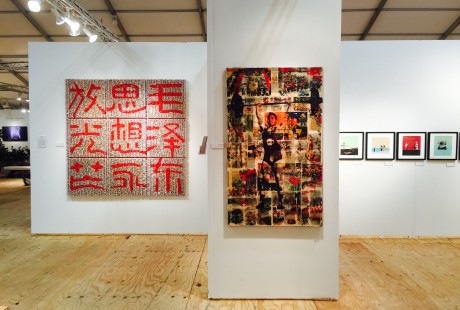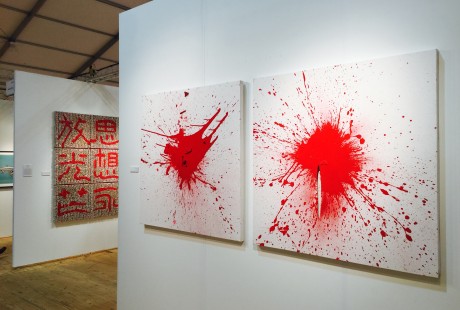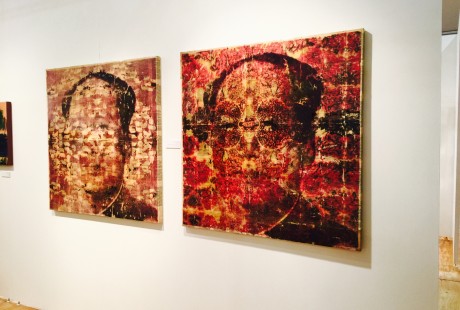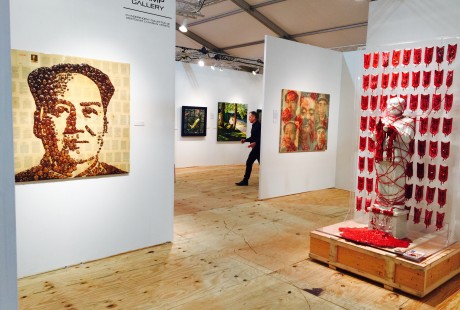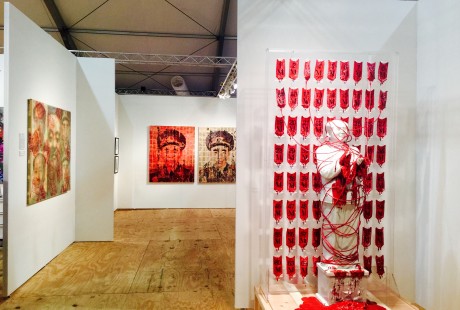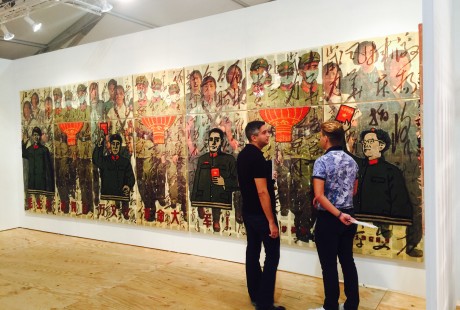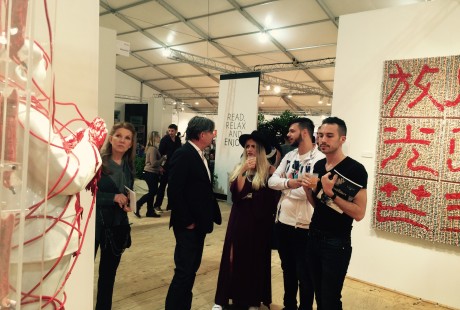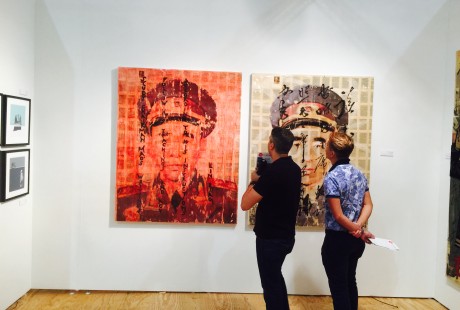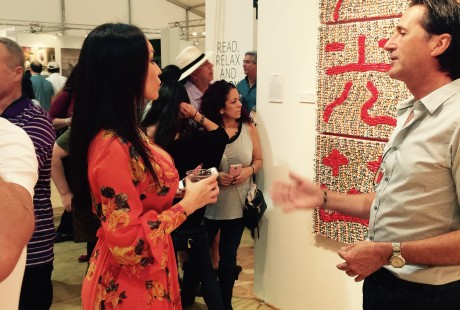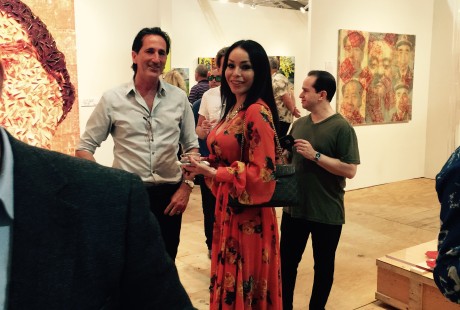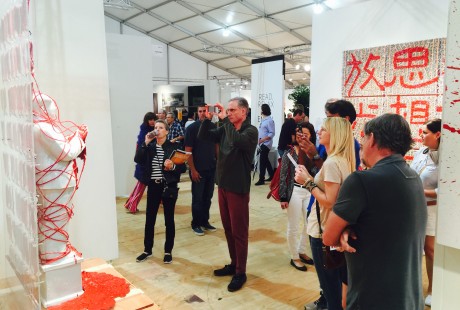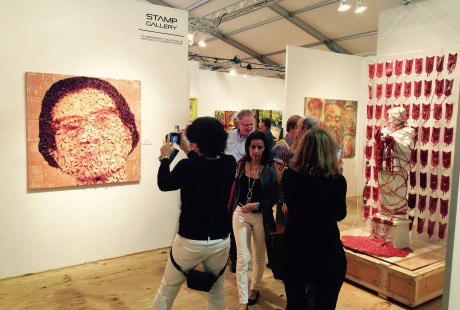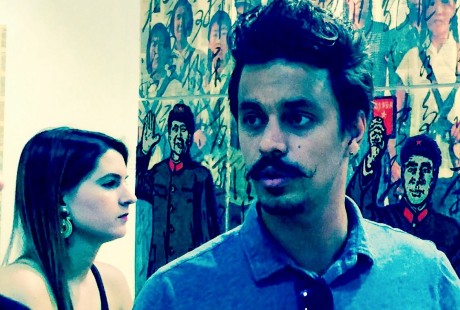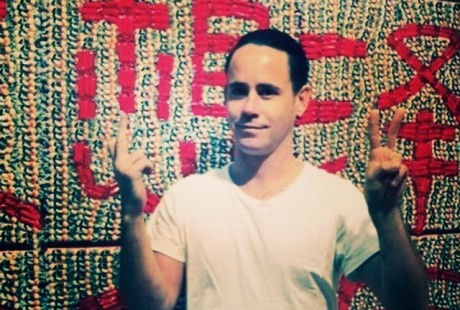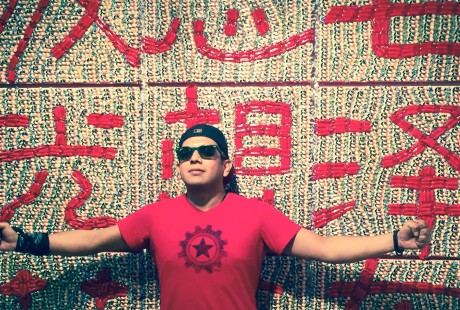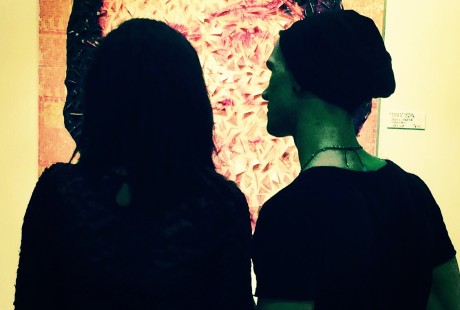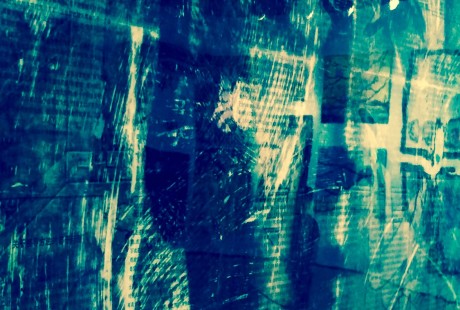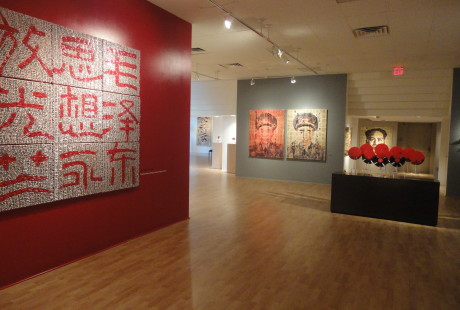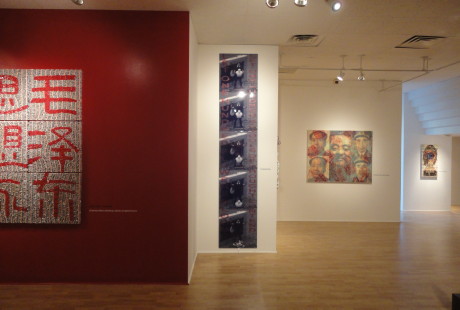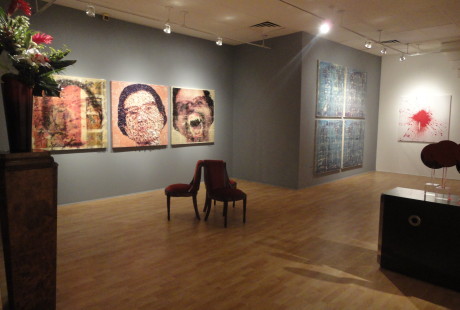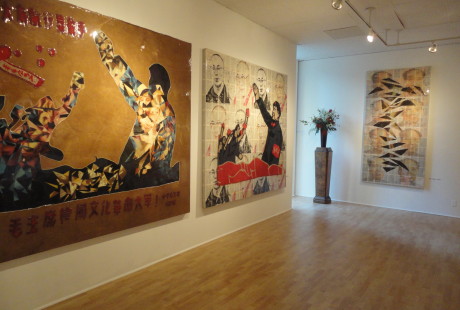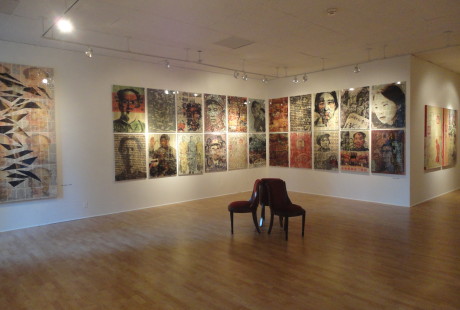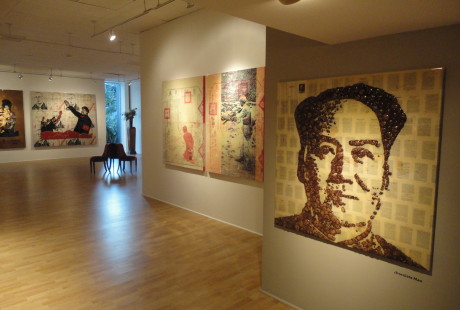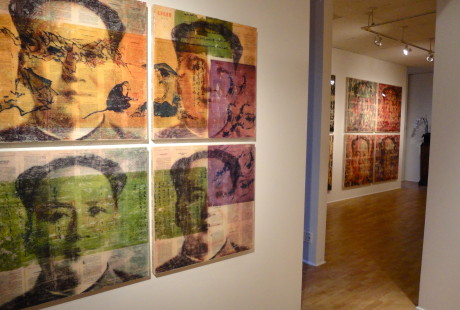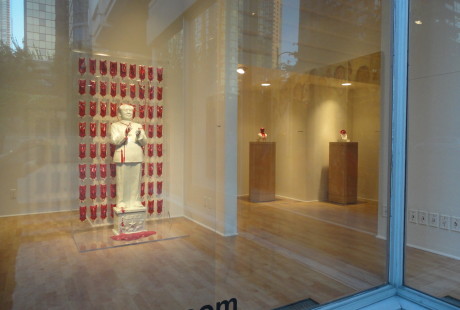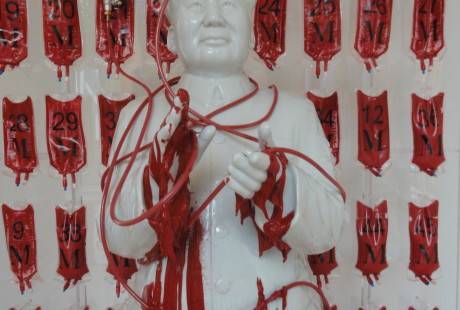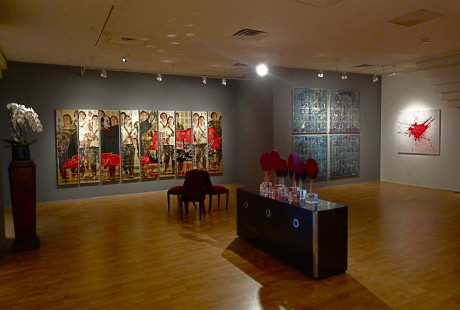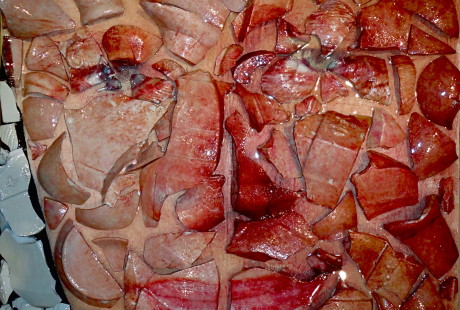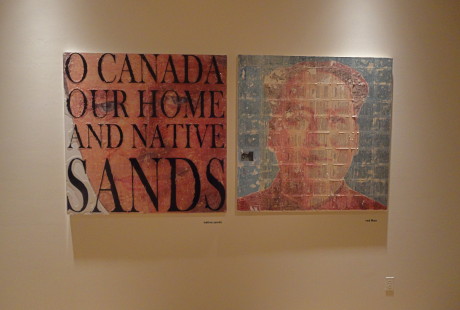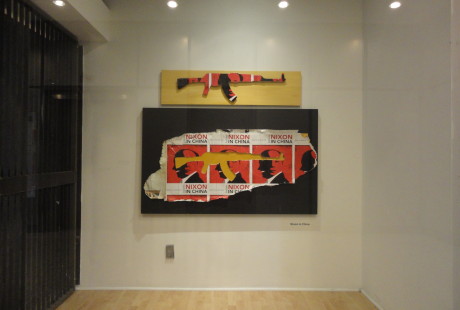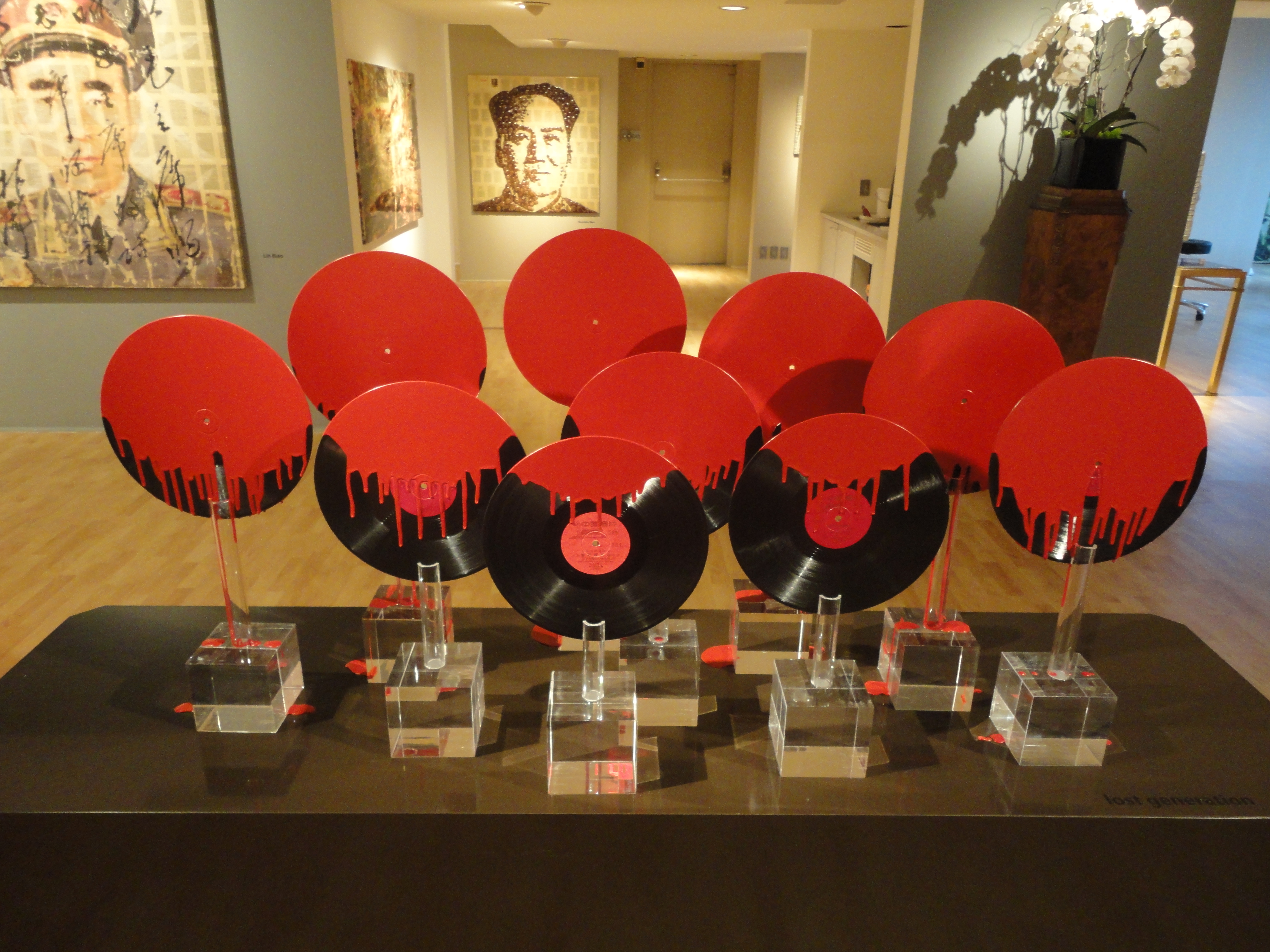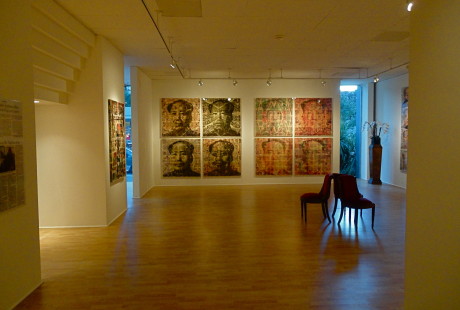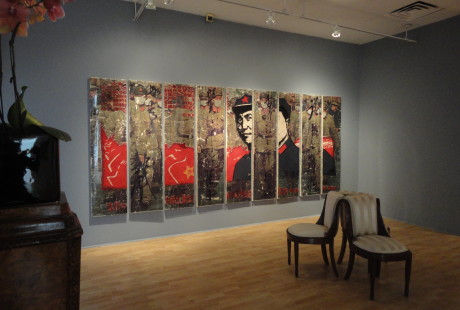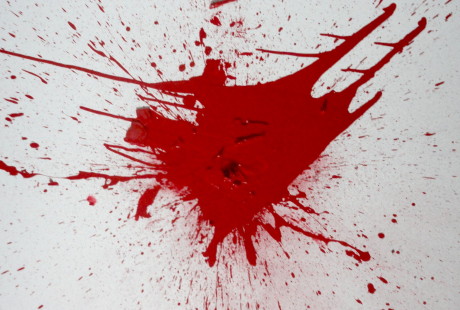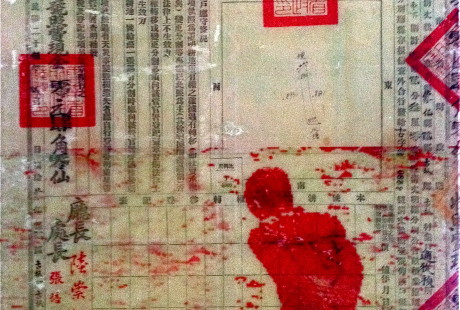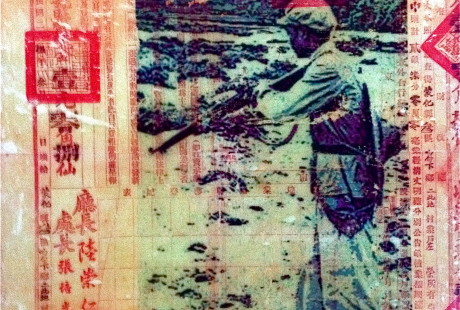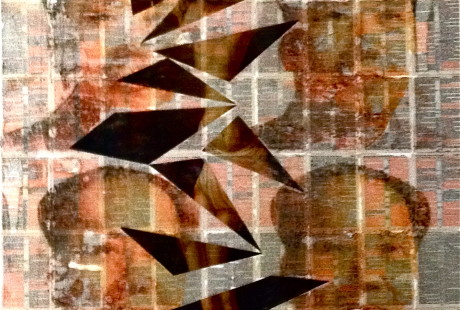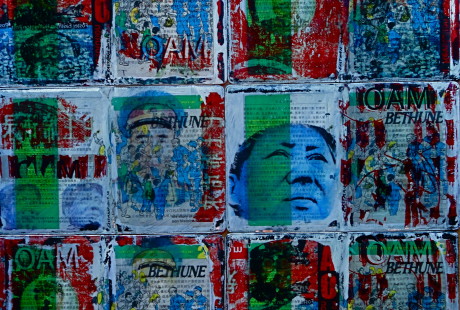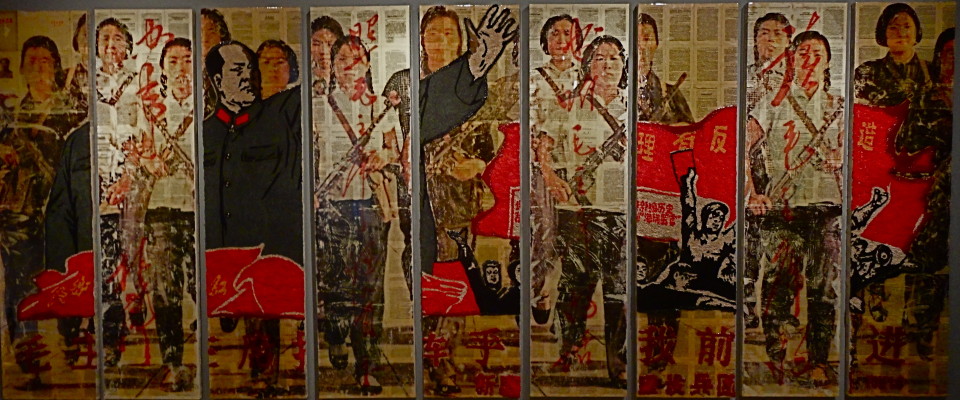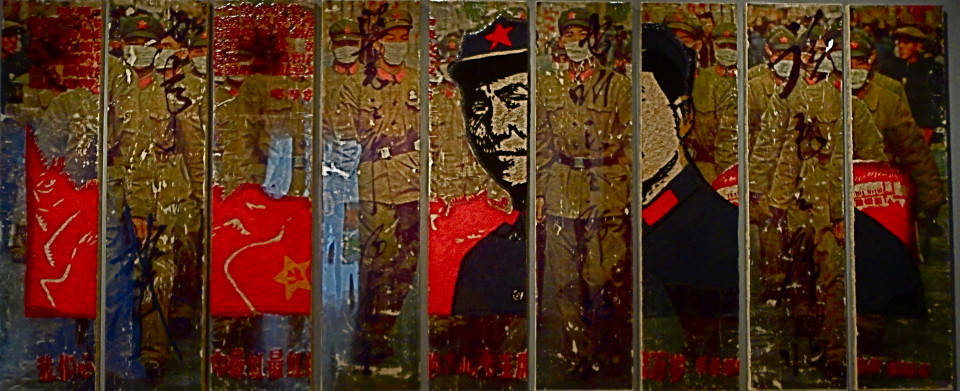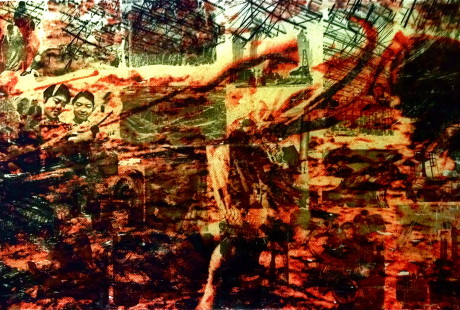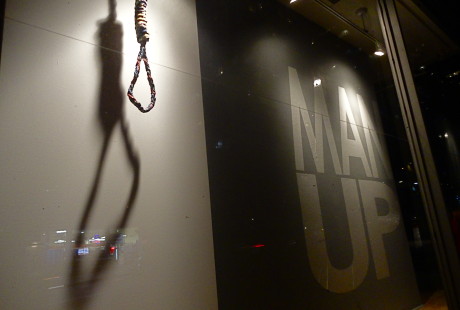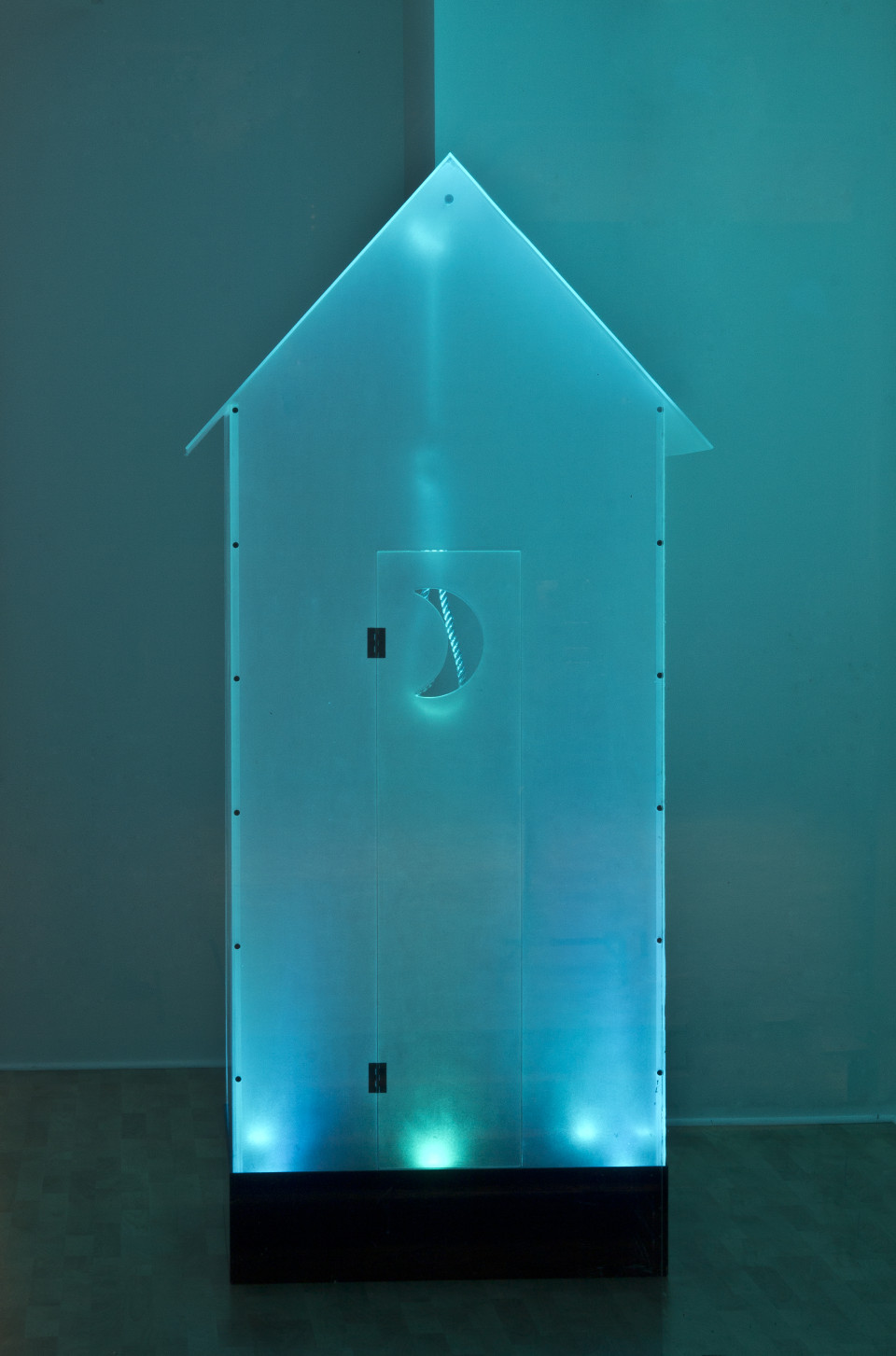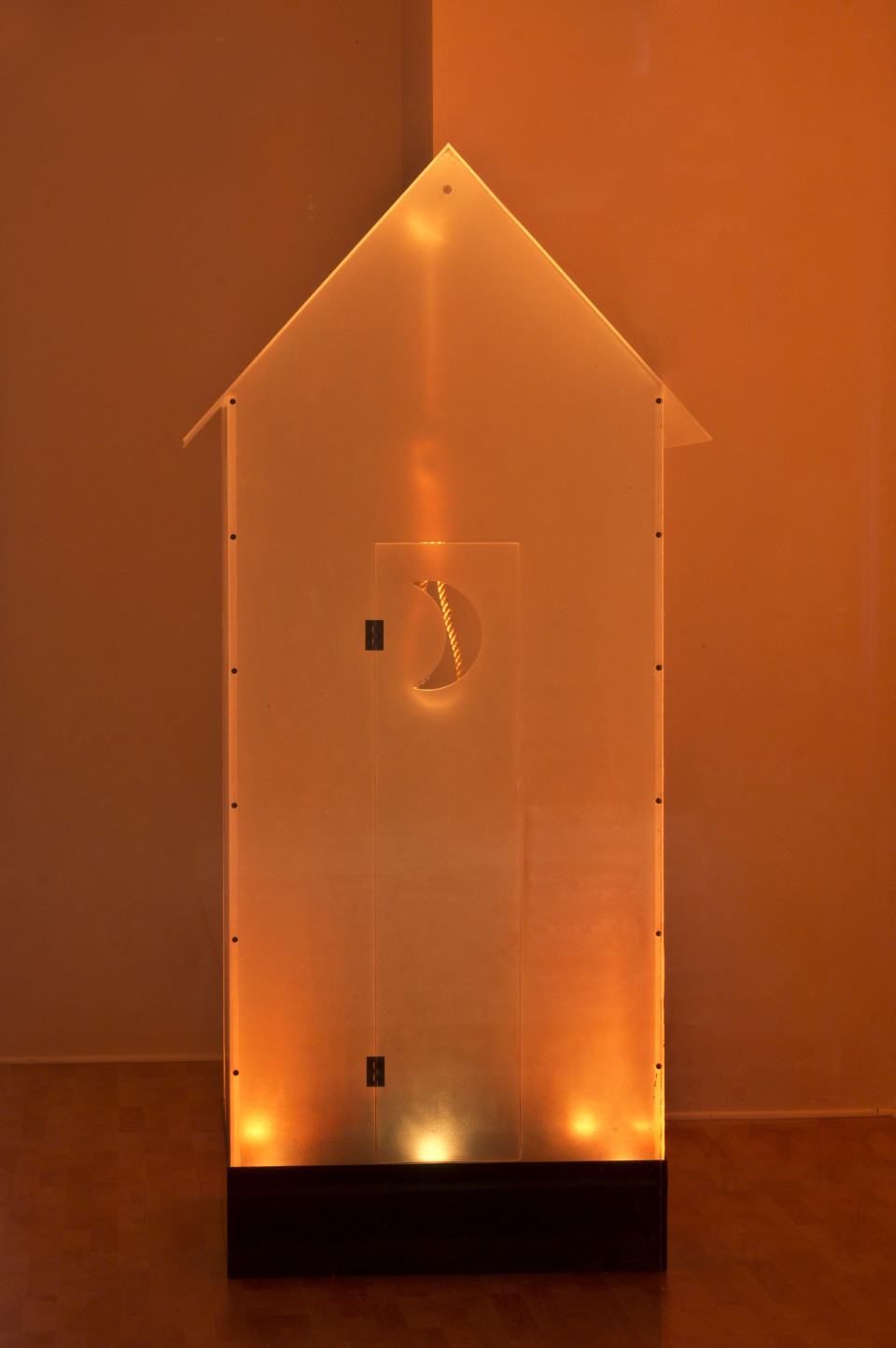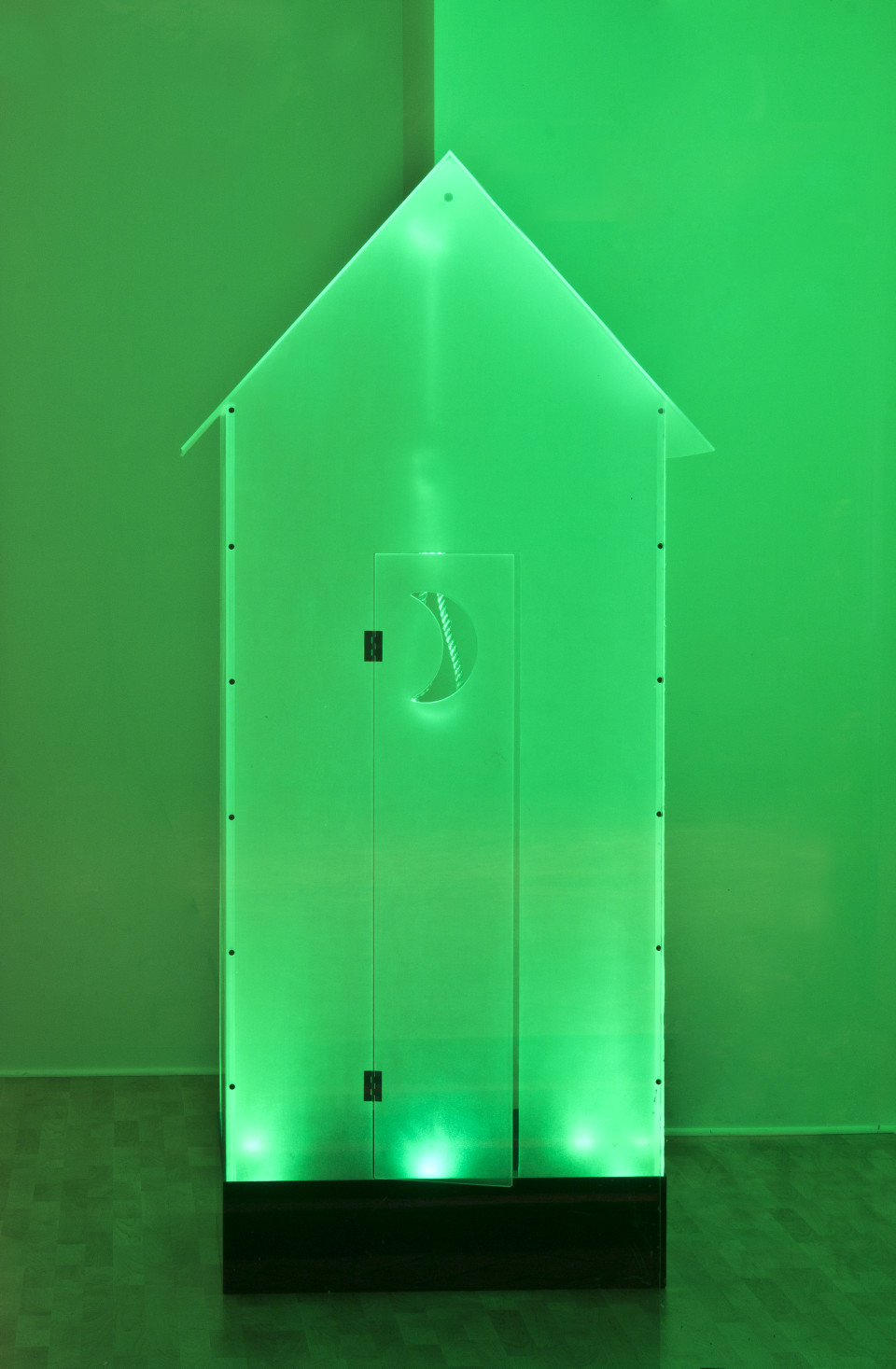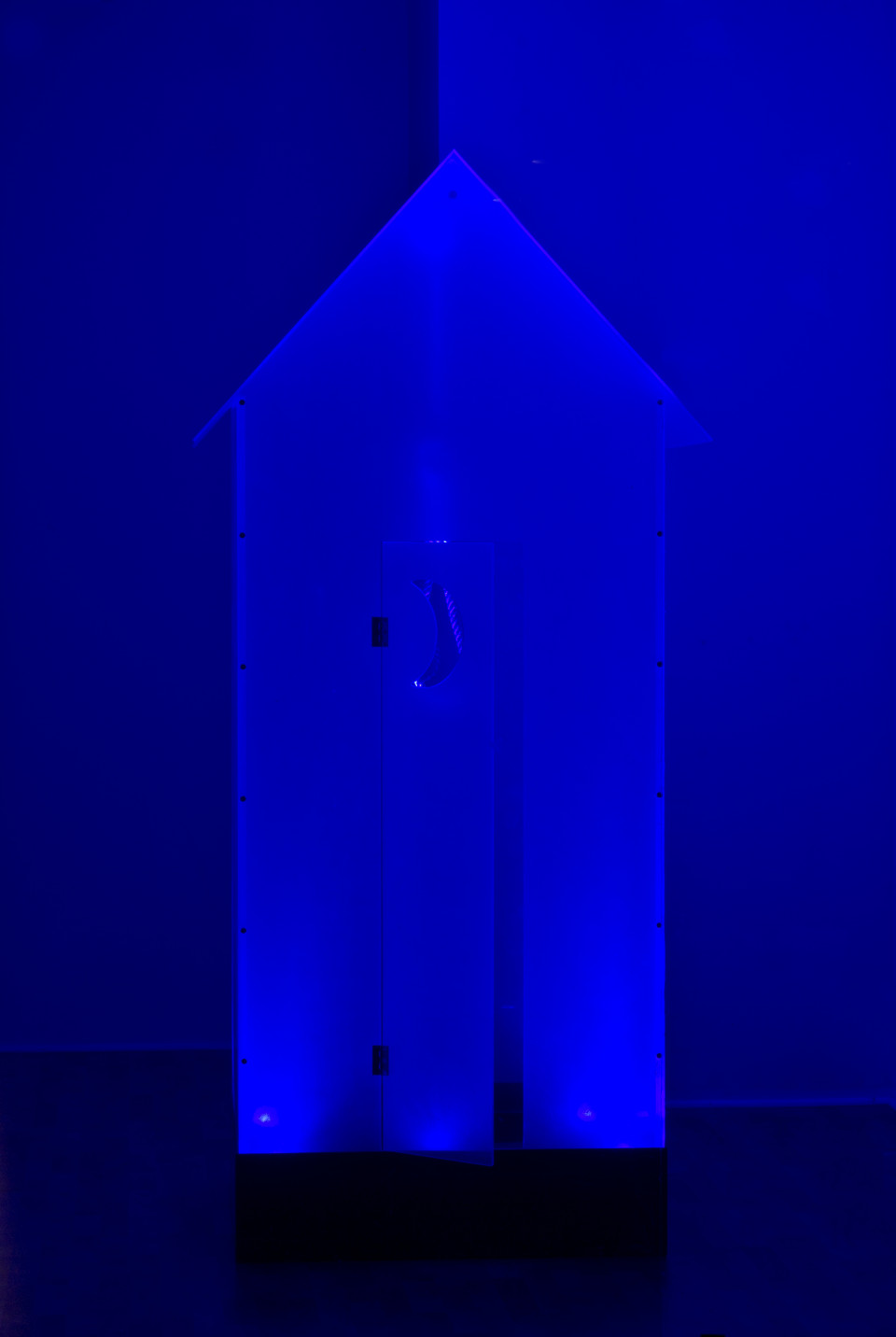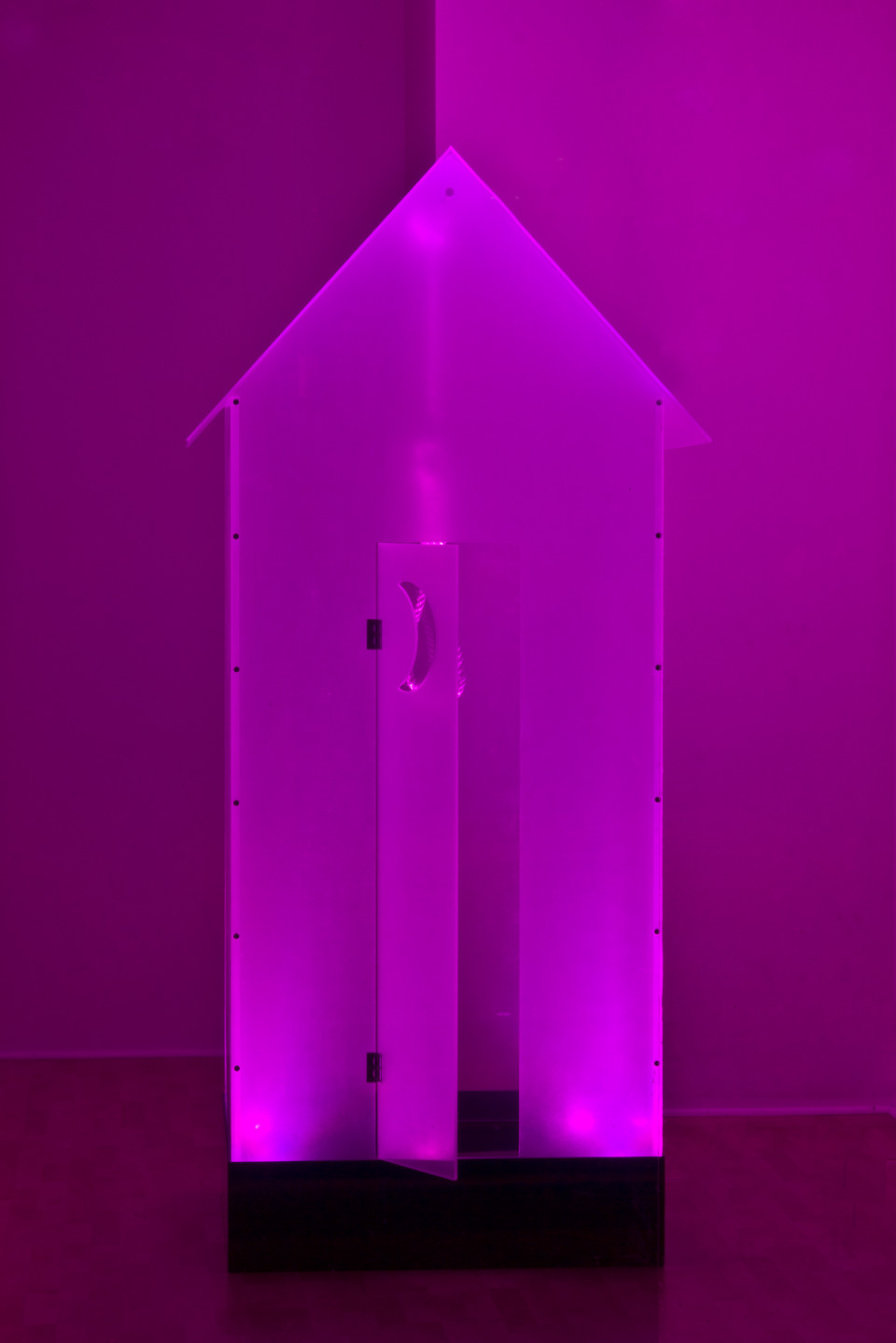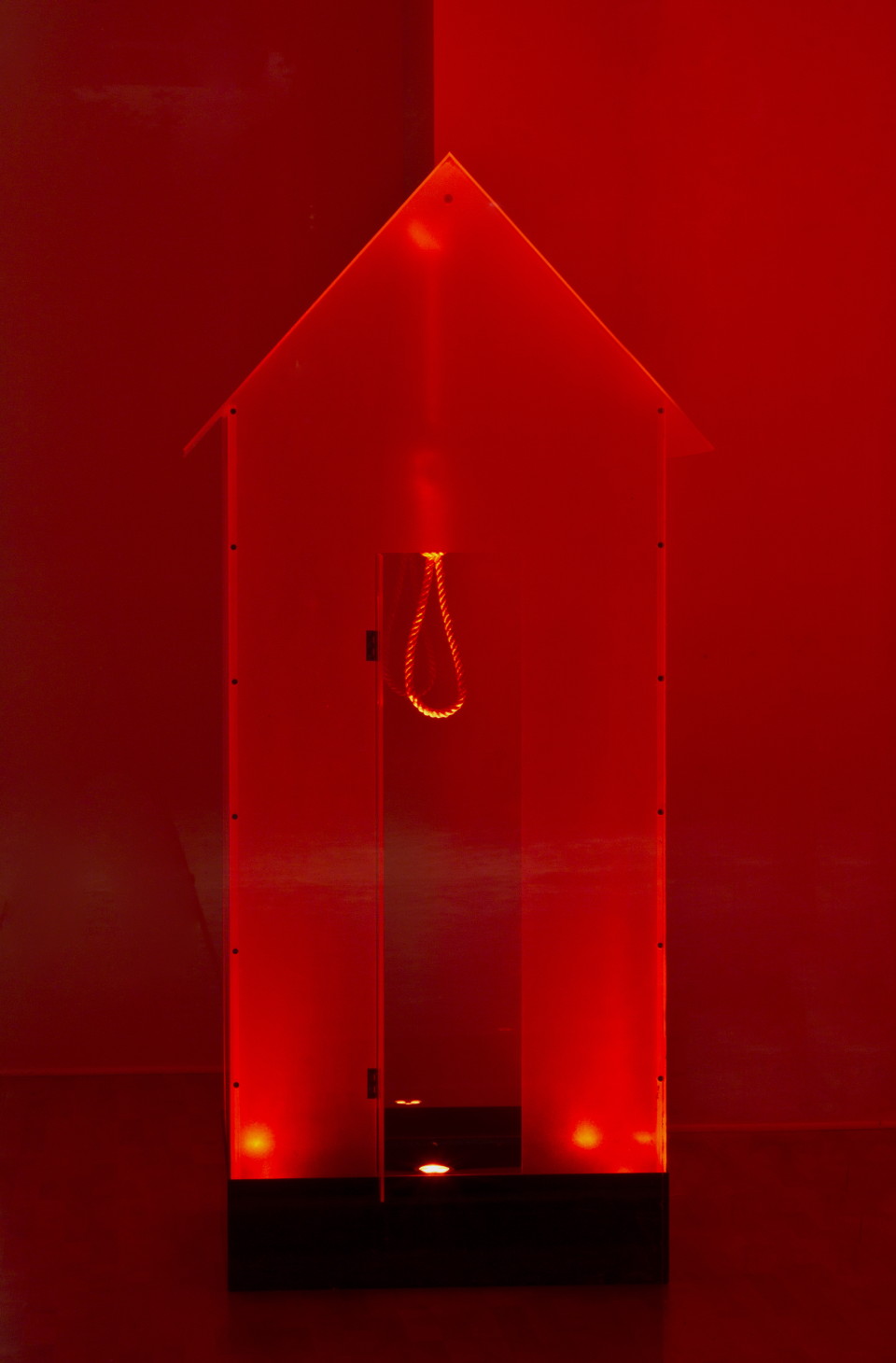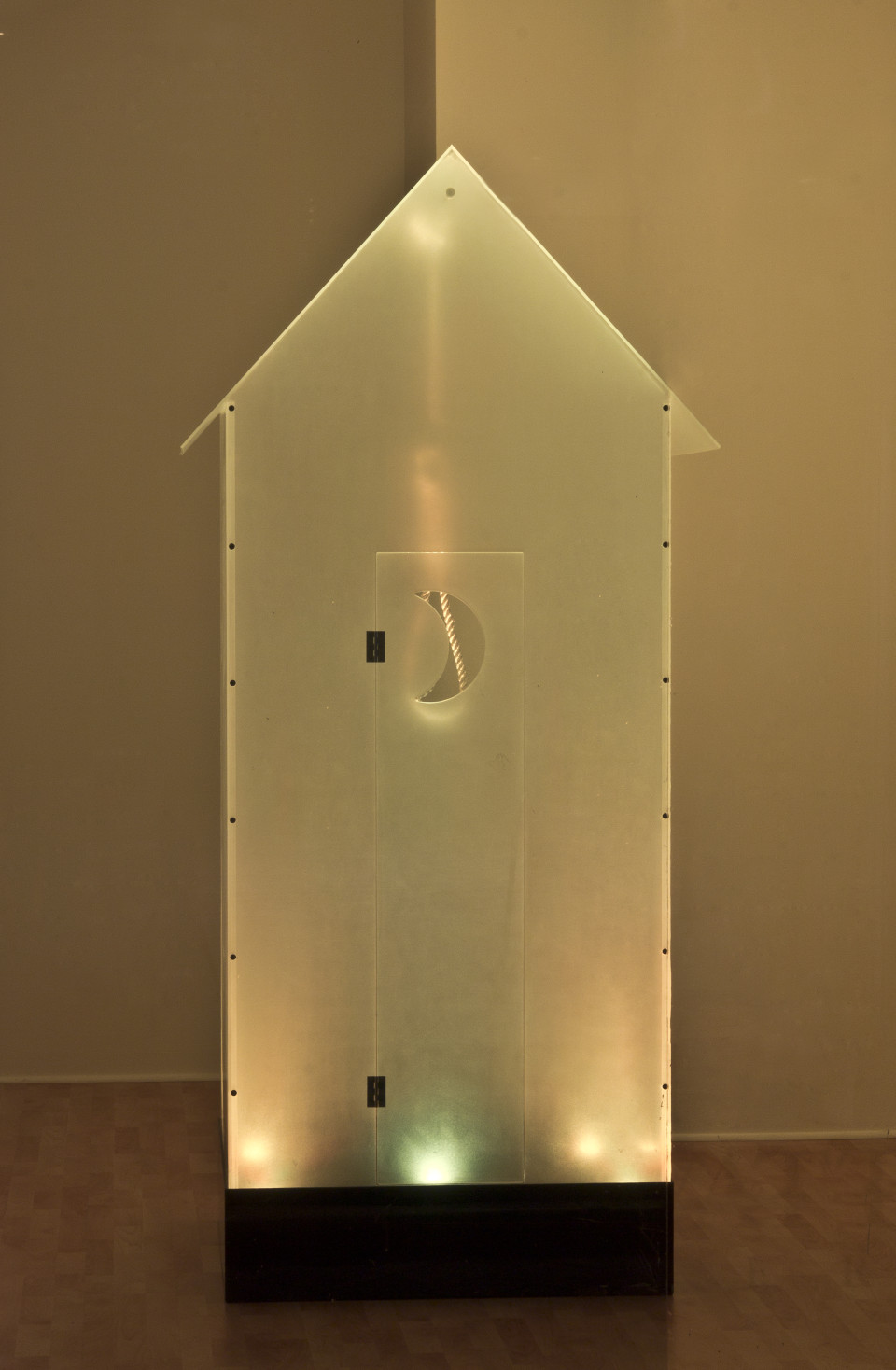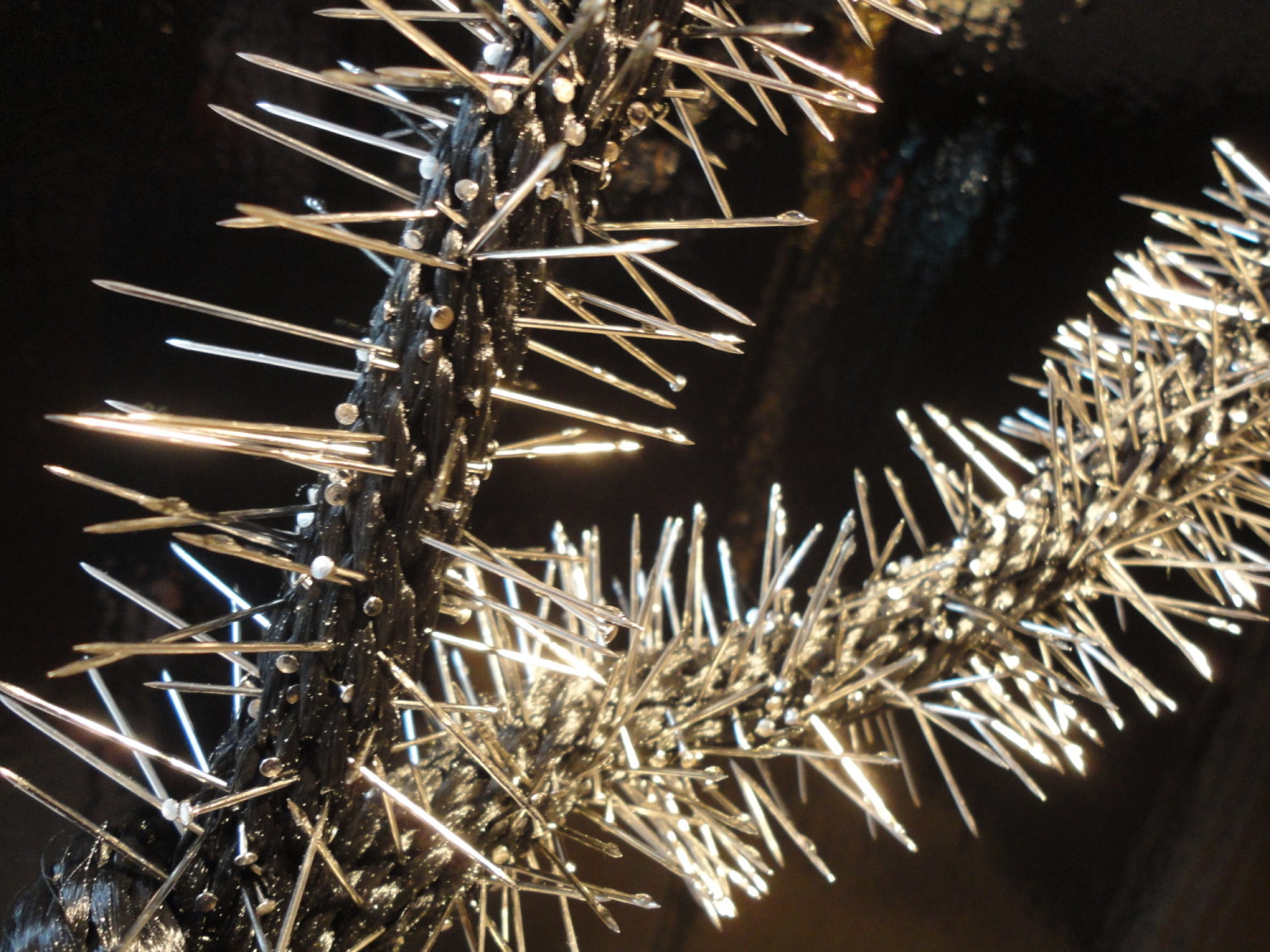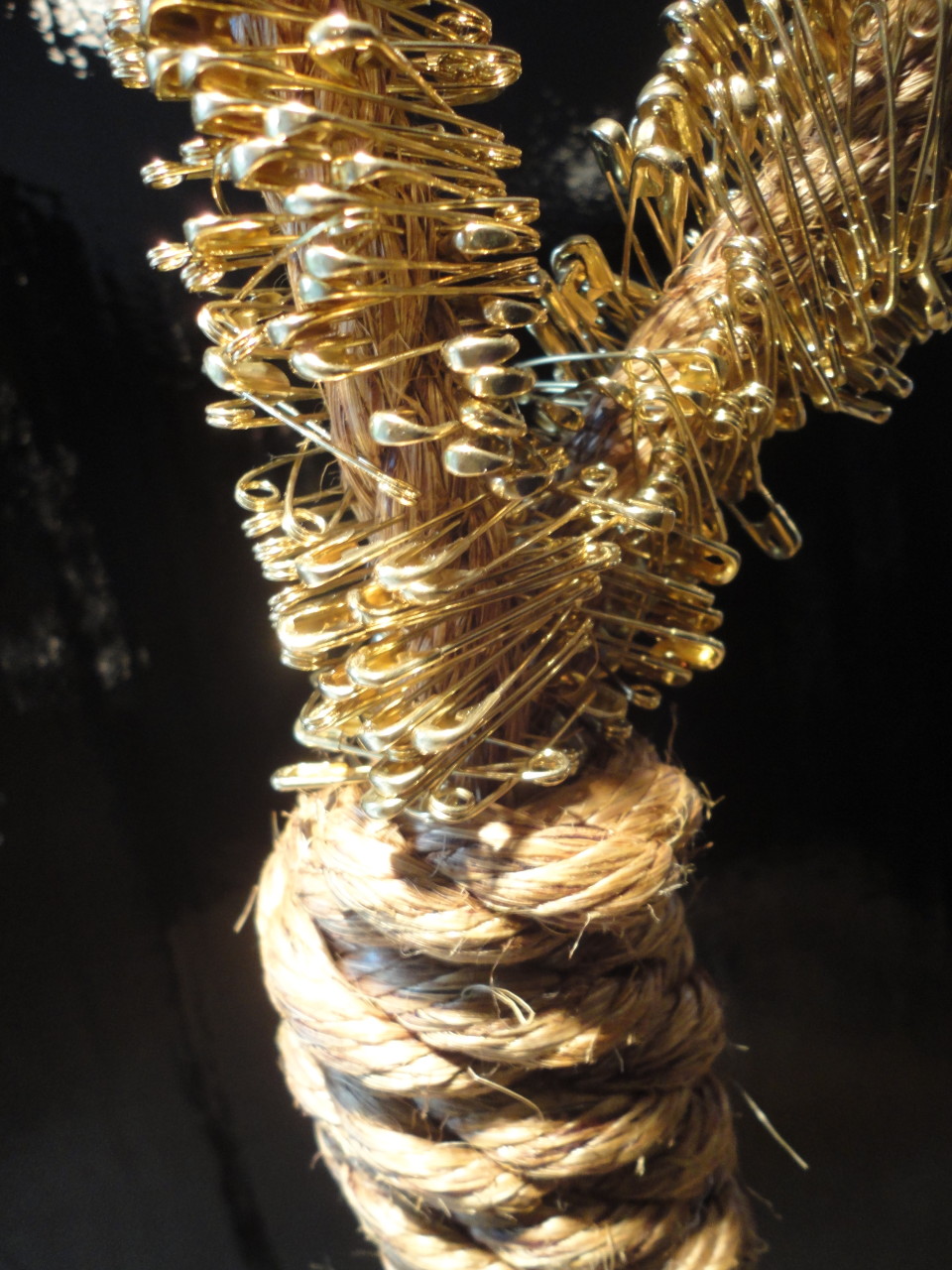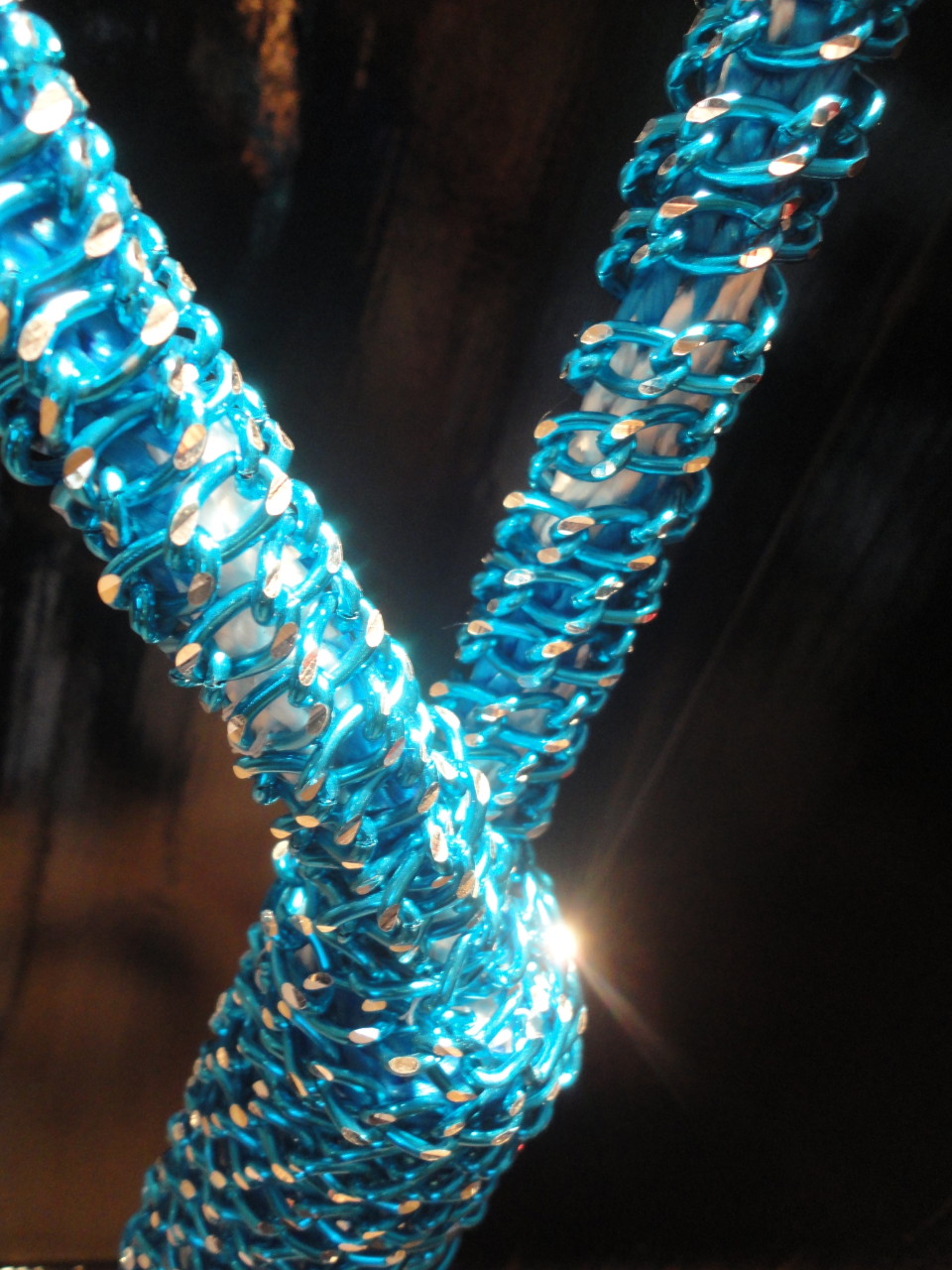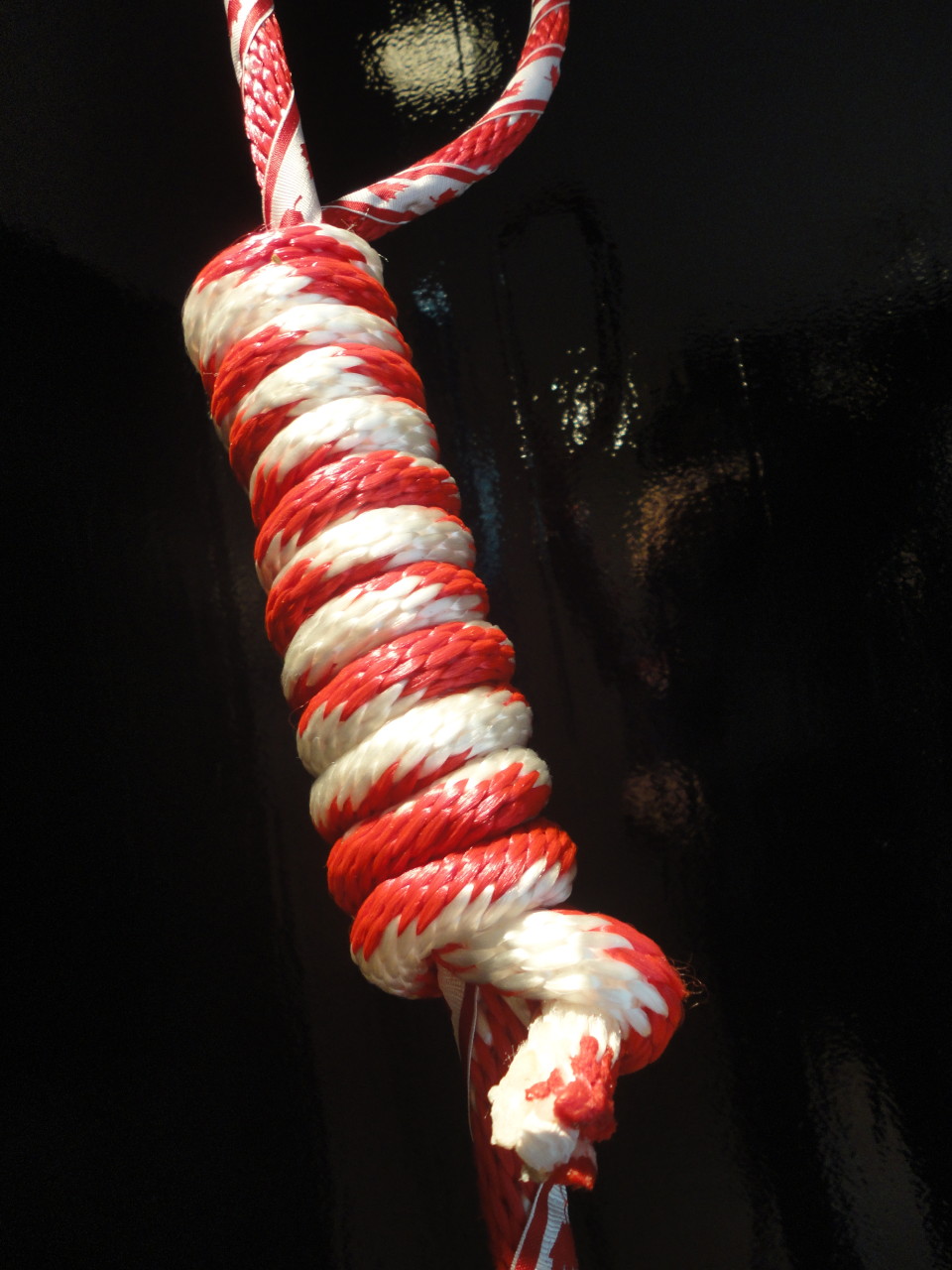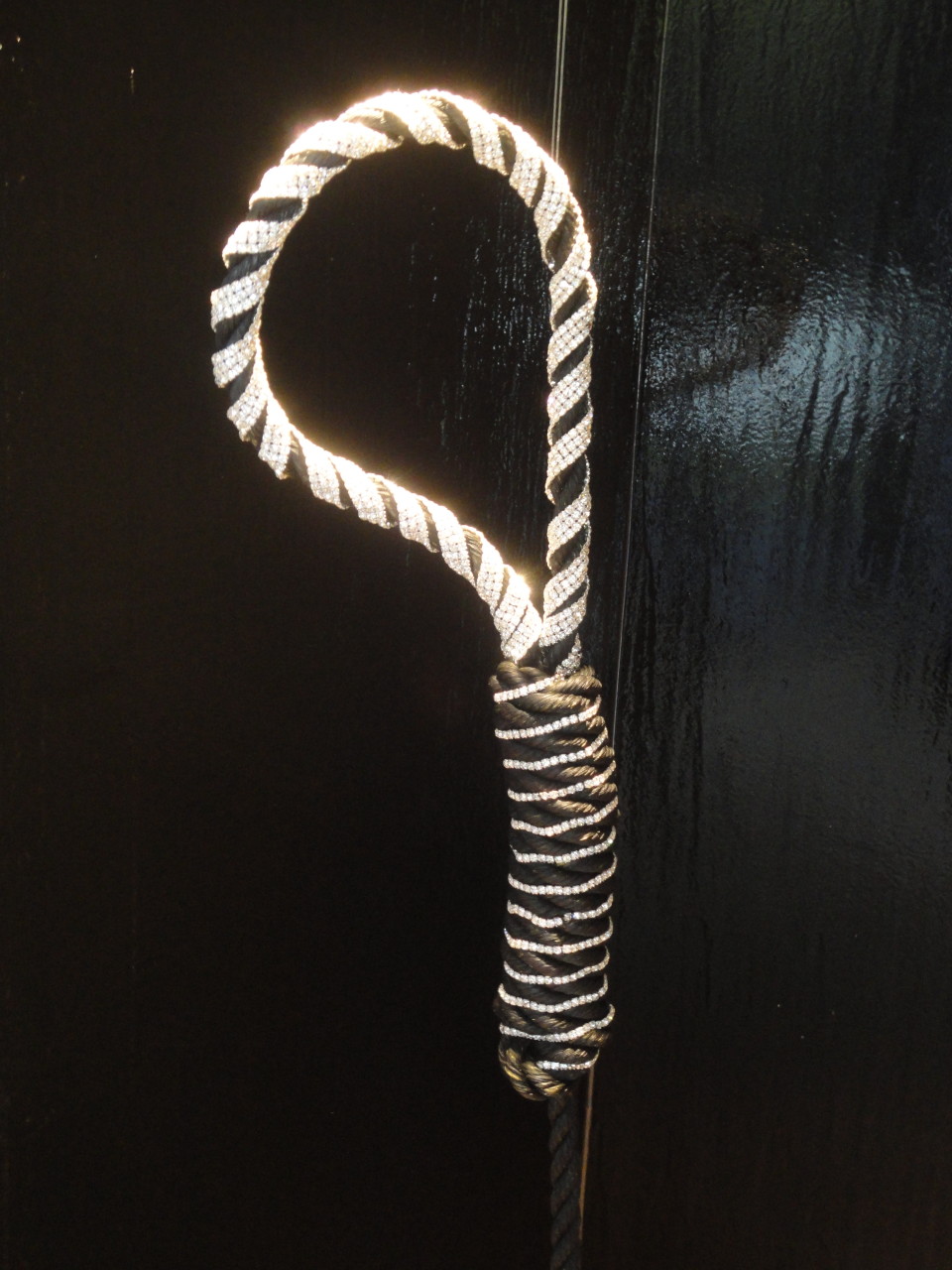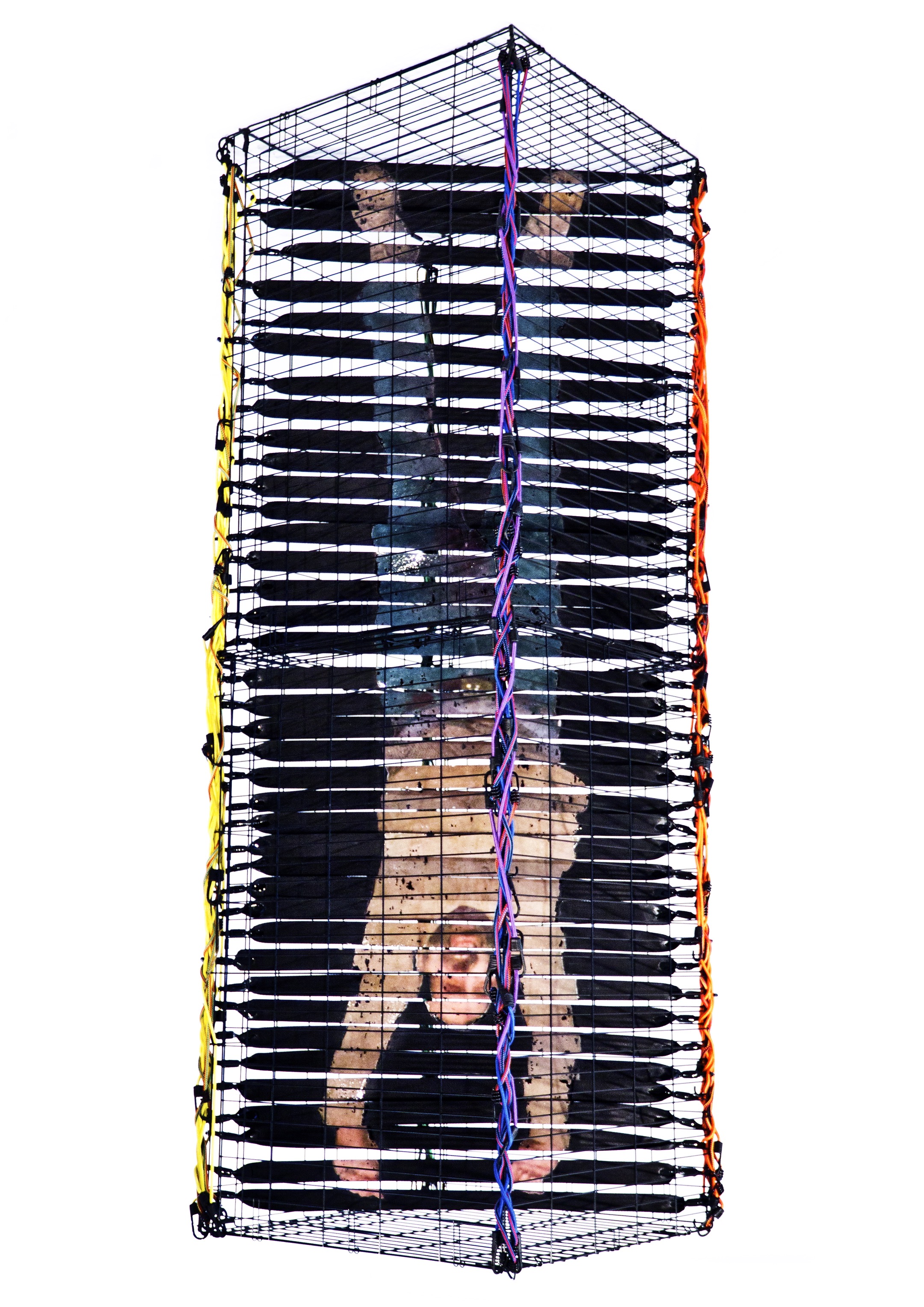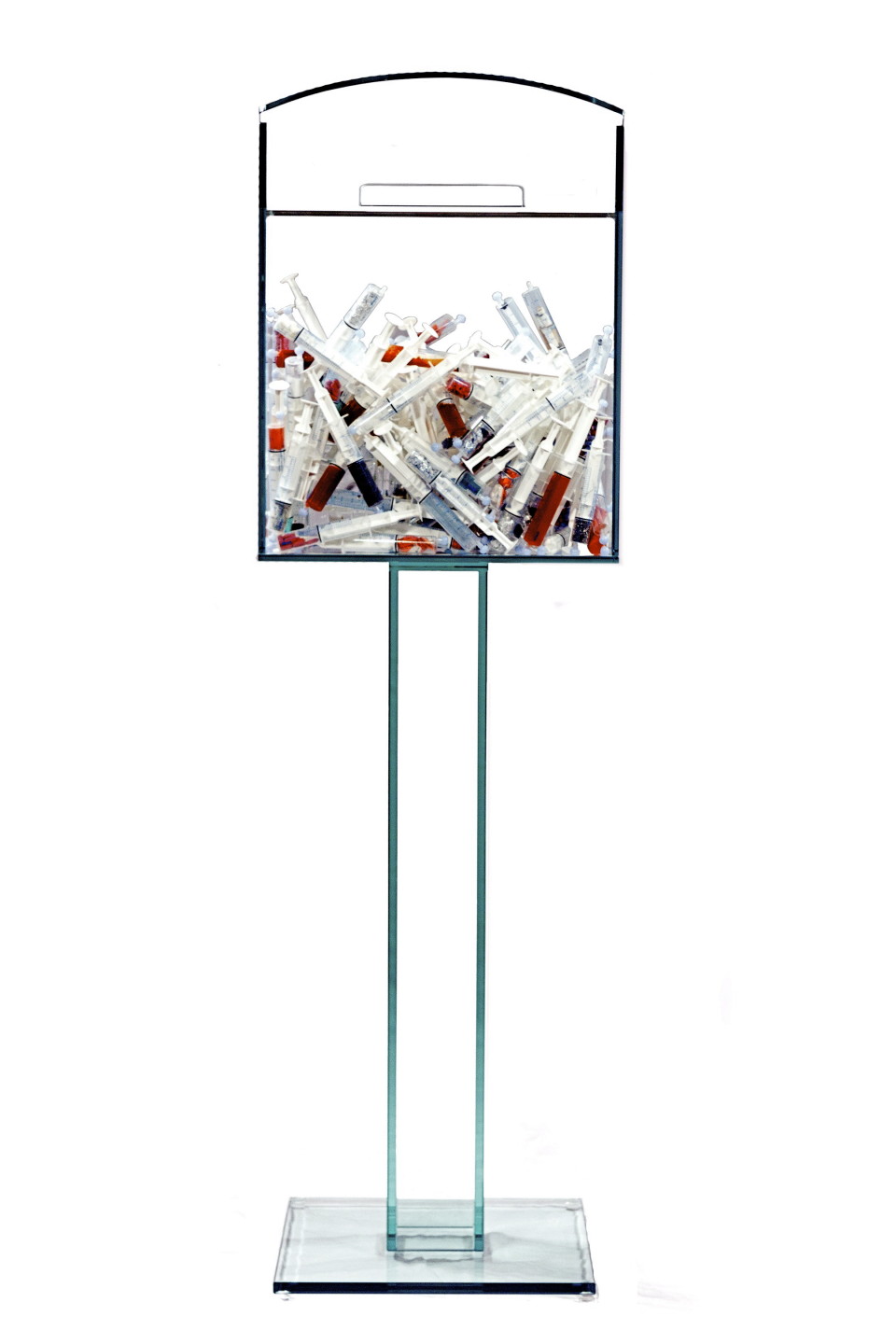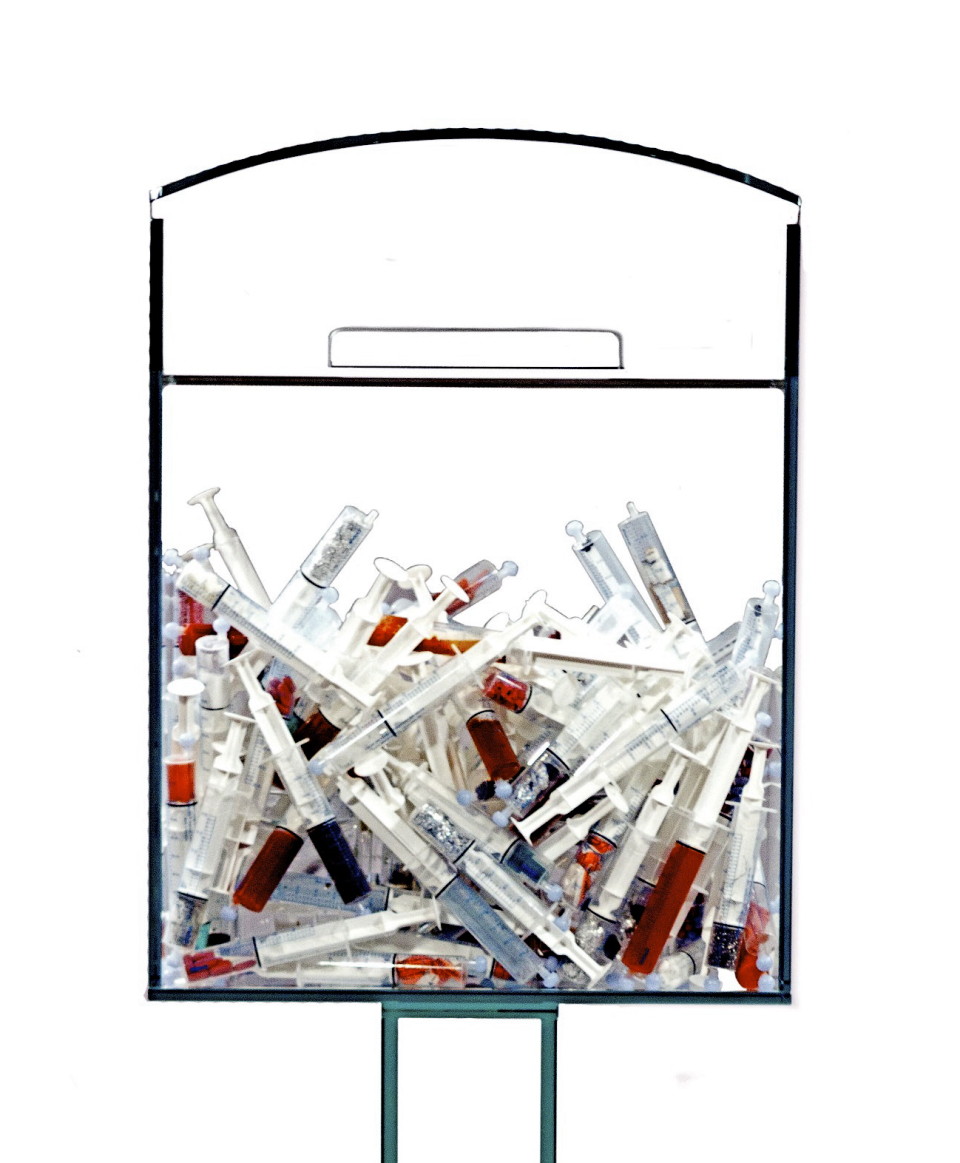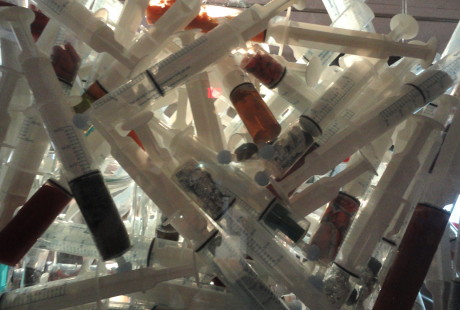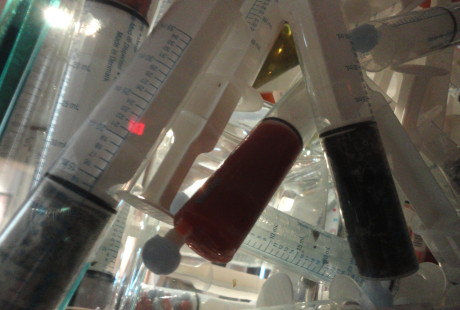MAN-UP against suicide exhibit
Man-up Against Suicide exhibit
On 14, Jun 2014 | In MAN-UP against suicide exhibit | By foster eastman
The MAN-UP against suicide exhibition tell stories based on photographs taken by participants willing to share their experiences with suicide…either directly with suicidal thoughts or by losing a male family member or friend to suicide. This exhibit has been created to stimulate conversation and help reduce the stigma surrounding depression.
OUTHOUSE
He hung himself in an outhouse, this man of whom it was said lit up a room with his presence. Standing in memorial, this illuminated outhouse, filled with light, shines as a shrine to the spirit of Jessica’s lost friend. His means of death, the rope, is subtly visible, diffused and faded. It serves to remind us of his decision in parting with this world, as does the structure of the outhouse itself, as his untimely tomb, flashing red lights as a warning. Yet both the outhouse and its rope are faded from prominence beside the light that sacralizes this structure as a shrine and suffuses its surroundings with its warm glow, radiating out and filling the room beyond.
ROPES
A rope wrapped in chains alludes to the relations that bind people, relations of love and relations of entrapment, the invisible tethers that feed and tug on our heartstrings. For some the pain of love is too great a burden to bear.
A conjoined rope with both ends in loops asks the question of whether suicide is hereditary? Is this tendency to end ones life passed down from generation to generation? Are people born with a genetic predisposition to terminate themselves?
Another rope is pierced with safety pins; their sharp points deftly concealed in their catch mechanisms. How many safety pins some may apply to hold together the unravelling strands of their lives, trying desperately to keep it all together, fixing the weathering tears with care. For some there may be nothing left but the residue of these attempts; they have disappeared underneath their anti-depressant medication and psychotherapy, and lost themselves.
A rope studded with pin points facing outwards, indicates not only the physical pain of death by suicide, but indicates too, the more insidious, long-term psychological, emotional and spiritual pain which lead some to take their lives. The pinpoints facing outwards also indicate the radiating influence of this pain upon friends and family, as well as the defence mechanisms deterring those who reach out to help.
BUNGEE CHORDS
Every week Doug’s friend Ron would get paid and go on a drug binge. Every week Ron’s high would crash into a suicidal low. Doug thinks of his relationship to Ron as being on the end of a bungee cable, as Ron struggled back and forth with his desire for life. So actual bungee cables, aptly, were used to signify the back and forth of their shared experiences. Full life size images of them falling, are set on bungee cables, with safety belts that seem to say, “Strap up, for the ride!” These are set inside animal cages, which are reminiscent of happier times they shared together visiting pet stores. The cages also signify the risk of getting trapped by the constraints of our perspectives, and so Ron and Doug face opposite directions, signifying their different outlooks. For Doug, there is always a way out, and so his side of the cage has a doorway, an actual opening, a literal exit, whilst Ron’s side has none. Through Doug however, holding onto his end of the bungee chord, Ron has a chance to find a different perspective, and hopefully too, the way out.
NEEDLE REPOSITORY
This artwork documents in a very visceral sense, the self-destructive journey deliberately undertaken by a man intent on punishing and destroying himself. Most people do not know that the back alleys of the downtown Eastside are equipped with needle repositories as a means to prevent needle sharing amongst drug addicts. Normally hidden, this particular needle repository is the centrepiece of the room, commanding our awareness of it. It is also raised above eye height, asking us to look up at it and not, as we would otherwise, look away from or down to it. Normally durable, this needle repository is made of glass. It is fragile, easily shattered and broken, which is analogous to the vulnerability that the people living in the downtown Eastside deal with on a daily basis, as well as the vulnerability experienced by all those opening up to conversations that are uncomfortable and upsetting to discuss. Normally opaque, this needle repository reveals its contents, which contain actual memorabilia from the lives of those living and shooting up in alleyways and doorways. Each syringe, shows us a mysterious world, and alludes to layers of people and places with stories and experiences, both human and horrific. The traces of life on the streets are amalgamated into a haphazard conglomerate of the vestiges of the discarded, and yet collected, categorized, contained, and protected remains.
EVERY THING IS NOT GOING TO BE ALRIGHT
This art piece was a knee jerk reaction to a neon sign created by Martin Creed for the Rennie Collection at Wang Sang in Vancouver which said ‘everythingisgoingtobealright’. This blanket statement may be true when discussing minor life challenges, but when it comes to trauma and/or traumatic events, everythingisnotgoing to be alright.
This sign hung for 2 years until one day it mysteriously fell off the wall…thus completing the installation.

Multimedia artist Foster Eastman in his gallery, where UBC’s Man-up Against Suicide exhibit launched May 29, 2014.

